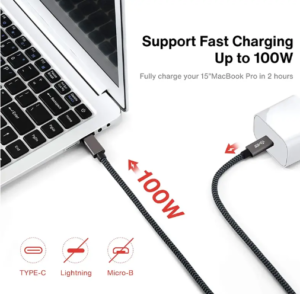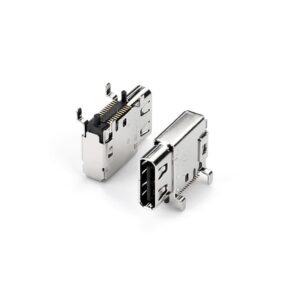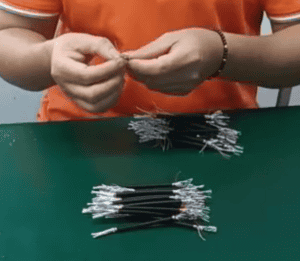
USB4 Cable Specifications: The Future of High-Speed Connectivity
Introduction As technology continues to evolve, the demand for faster, more efficient connectivity solutions has become critical for businesses and
Introduction
In the realm of modern electronics, the importance of efficient, reliable connectivity cannot be overstated. Board-to-board connectors play a pivotal role in ensuring seamless communication between different circuit boards within a device. High-density applications, such as smartphones, wearables, and medical devices, present unique challenges due to their limited space and the demand for high performance. This guide delves into the world of board-to-board connectors, offering insights to help you navigate these challenges effectively.
Understanding Board-to-Board Connectors
Board-to-board connectors are integral components that facilitate signal and power transmission between two printed circuit boards (PCBs) without the need for soldering wires. These connectors come in various configurations, including mezzanine (stacking), orthogonal, and coplanar types, each suited to different application needs.

Selecting the Right Connector for Your Application
Selecting the appropriate connector involves considering several factors:
Best Practices in Design and Integration
Designing for high-density applications requires meticulous planning. Here are some best practices:

Future Trends in Board-to-Board Connectivity
The future of board-to-board connectors is shaped by the push towards miniaturization, higher data rates, and the adoption of new materials. Innovations in connector design are making it possible to achieve higher performance in increasingly compact spaces.

Conclusion
Board-to-board connectors are crucial for the success of high-density applications. By understanding the types of connectors available, carefully selecting the right connector for your needs, and adhering to best design practices, you can ensure reliable and efficient connectivity in your devices. For those looking to delve deeper or in need of specific solutions, Shenzhen EDOM electronics Co., Ltd. offers a range of high-quality connectors designed to meet the demands of modern electronics.
Call to Action: Have questions or need expert advice on selecting the right board-to-board connectors? Leave an inquiry today and let our specialists help you navigate your connectivity challenges.

Introduction As technology continues to evolve, the demand for faster, more efficient connectivity solutions has become critical for businesses and

Understanding the Evolution of USB Connectors In today’s technology-driven world, USB (Universal Serial Bus) connectors are an integral part of

At EDOM Electronics, we take pride in our meticulous approach to manufacturing high-quality USB C to C cables. Today, we’re
WhatsApp us
